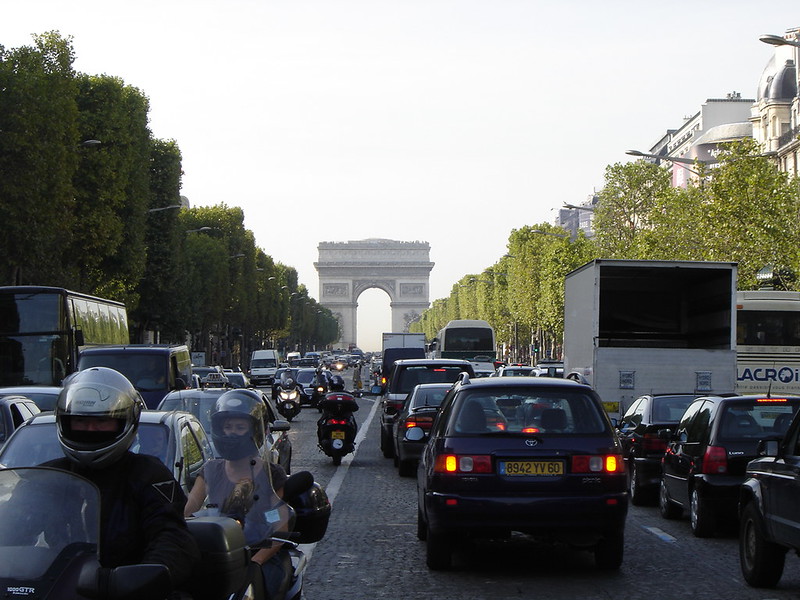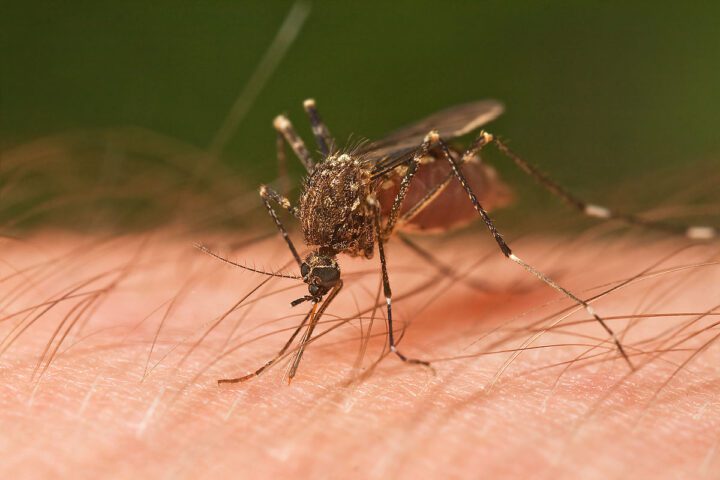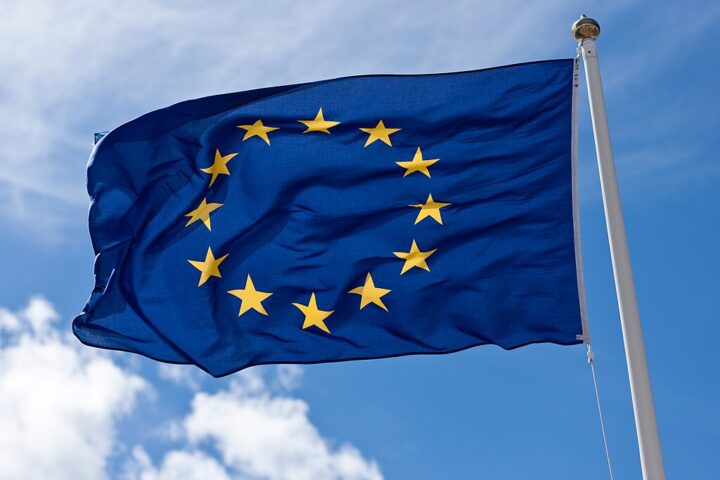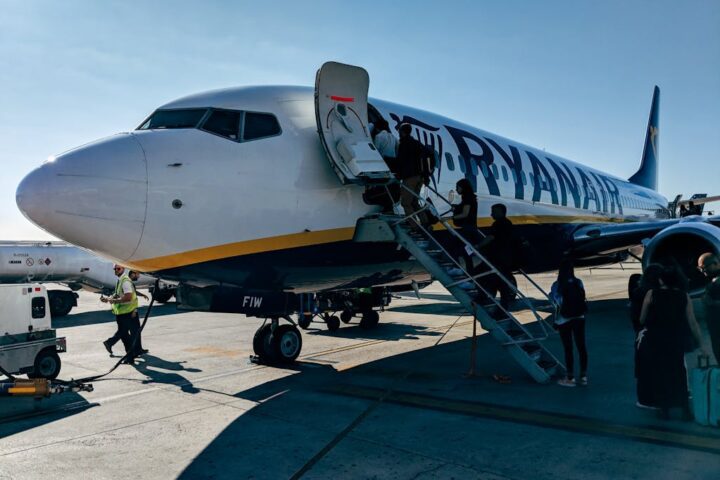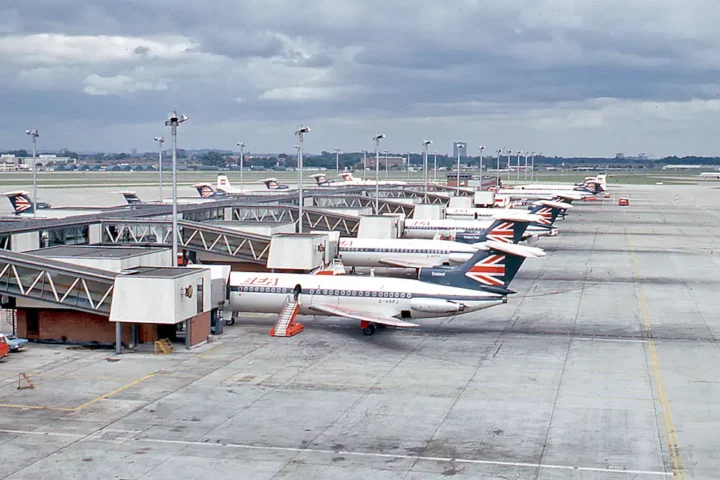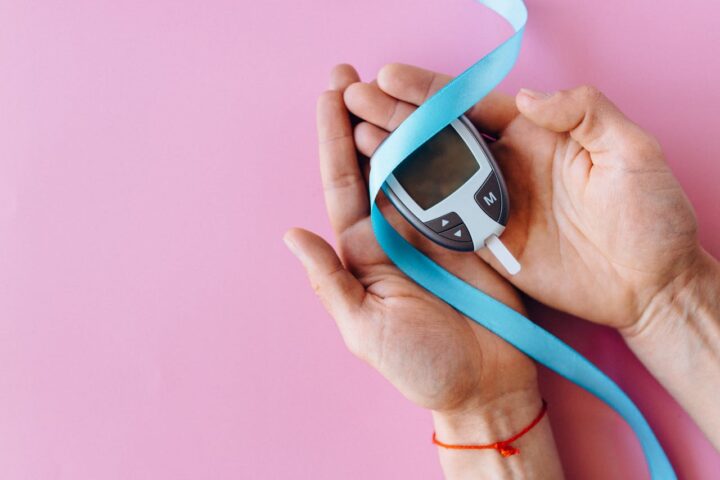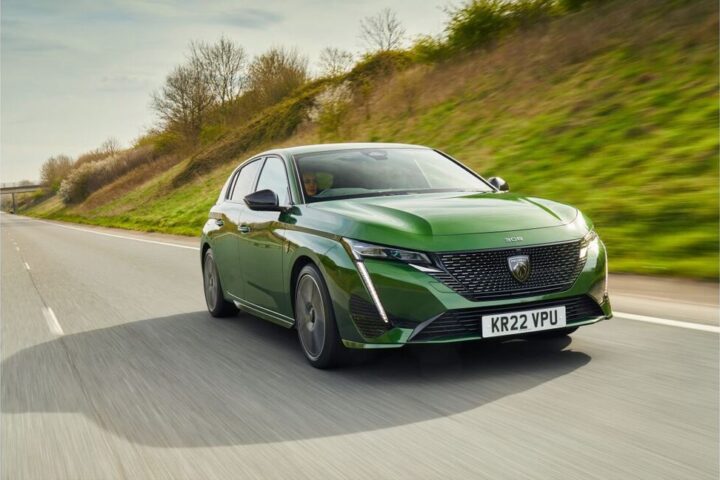Imagine the constant rumble of traffic outside your window affecting not just your sleep but your heart health too. This is reality for more than 110 million Europeans—one in five people—according to a new report from the European Environment Agency (EEA) released this June.
The noise from cars, trains, and planes isn’t just annoying—it’s deadly. This everyday background noise contributes to 66,000 early deaths every year across Europe.
“Noise pollution keeps our bodies in a constant state of fight or flight, even if we don’t consciously realize it,” explains Dr. Eulalia Peris from the EEA. She knows firsthand, adding, “It limits your life.”
When noise levels stay high, our bodies respond with inflammation and stress. Over time, this leads to serious health problems. The report links noise exposure to 50,000 new heart disease cases and 22,000 cases of type 2 diabetes annually. Nearly 17 million people suffer ongoing distress from noise, while 4.6 million can’t get proper sleep.
Children face some of the worst effects. Transport noise has damaged reading ability in over 560,000 kids and contributed to behavioral problems in 63,000 more. Surprisingly, noise even plays a role in childhood weight gain, with 272,000 cases of overweight children linked to noise exposure.
“This is a medical emergency,” warns Prof. Thomas Münzel from the European Society of Cardiology. “Chronic exposure to transport noise is as dangerous as smoking, diabetes, and high blood pressure.”
The sources of this health threat are all around us. Road traffic is the biggest problem, affecting 92 million people who experience noise above 55 decibels. Railways disturb another 18 million, while aircraft noise impacts 2.6 million Europeans.
The economic toll is massive—noise pollution costs Europe at least €95.6 billion yearly, about 0.6% of its GDP. These costs come from healthcare expenses, missed work days, and falling property values.
Similar Posts
Even wildlife suffers. Nearly a third of protected natural areas in Europe experience noise levels that harm animals by disrupting their feeding, breeding, and communication.
Progress in tackling this problem has been slow. The EU aims to reduce the number of people disturbed by transport noise by 30% by 2030. But between 2017 and 2022, the number dropped by only 3%.
Part of the problem is the gap between regulations and health science. The EU sets noise thresholds at 55 decibels, but the World Health Organization recommends much lower levels—40 decibels at night and 45 during the day—to protect health.
Simple changes could make a big difference. Lowering speed limits in cities, using quieter road surfaces, and better maintaining railways would help. Creating more quiet zones in cities and encouraging walking and cycling instead of driving would benefit both noise levels and air quality.
The growing push for electric vehicles will help somewhat, but only at lower speeds. At higher speeds, the noise from tires on the road still dominates.

Solving Europe’s noise problem isn’t just about comfort—it’s essential for public health. By reducing noise, Europe can achieve several goals of its Green Deal simultaneously: improving health, protecting nature, and creating more livable cities.
Until stronger action is taken, millions will continue facing this invisible health threat that ranks just behind air pollution as one of Europe’s top environmental health risks.
